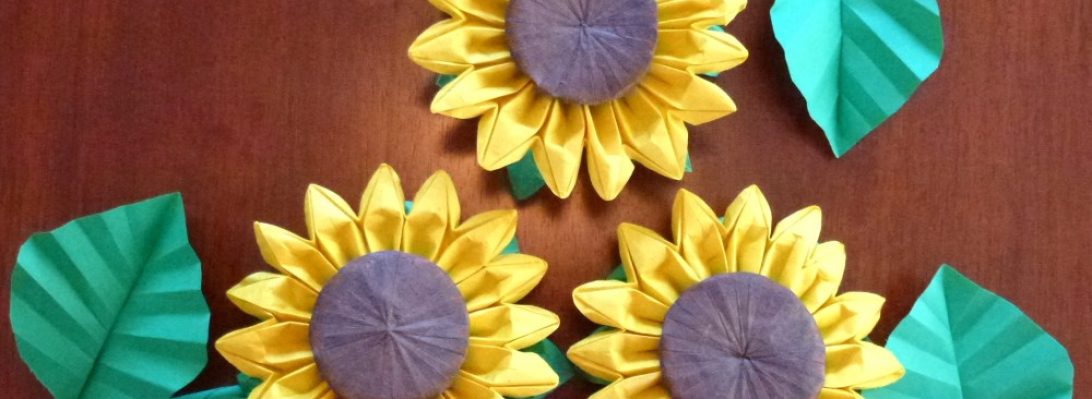When I first read Frank Herbert’s “Dune” series of books, it was the mid 70’s and I was a teenager. The expansive universe captured my imagination like little else.
Dune Part 2 has just been released in cinemas, and the Denis Villeneuve adaptation is visually stunning. On planet Arrakis (Dune), a chosen method of air travel is the “Ornithopter”, described as an insect-like flapping machine.

’Thopters in the current movie series are astonishing, if illogical from an engineering perspective. Variously, ‘Thopters have 2 to 12 wings, each move independently in a coordinated buzz to provide controlled lift and thrust.
The origami world has a few simple ‘thopter designs, most modelled on the 80’s David Lynch film adaptation, so I thought I would have a go at designing one from scratch. Initially I thought to harness an existing base, but decided I wanted 12 wings, in groups of 3, and wanted landing gear, some paper for a fuselage and various flaps for some simple detailing.

There are many design methodologies I could have employed. Circle packing (each circle centre representing the vertex of a stickey outer bit), 22.5 folding to facilitate the point-splitting needed for so many separate flaps, but settled on box pleating.

First I sketched out a rough crease pattern (CP). 12 points along opposite edges of a square. The downside of this arrangement was the points ended up tiny – way too small for the wings. Rearranging them symmetrically allowed me to include extra flaps for landing gear, cockpit and more. Designing the collapse along a 2 unit strip of the central axis also gave me the bulk for the fuselage. I calculated I could achieve this with a 48 grid.
Continue reading

























